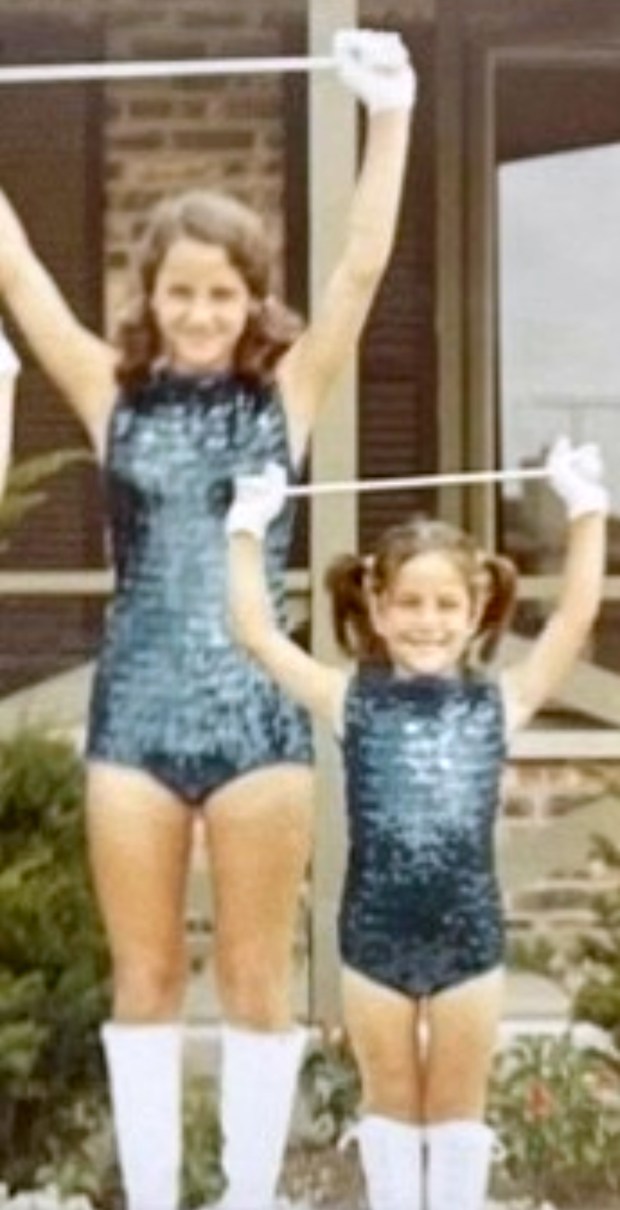In 1976, my 16-year-old sister Kim was murdered by a male classmate who asked for a ride after her shift at the mall. I was only 10. The Tribune’s headline read simply, “Teen held in girl’s murder.” For weeks, news outlets sensationalized what they called the “cheerleader murder,” splashing it across front pages. In Libertyville, our small Midwestern town, everyone kept saying this kind of thing “just didn’t happen”.
Except it did.
Nearly 50 years later, it still does. Global Netflix viewers have discovered this in the new British limited series “Adolescence,” which was co-created and written by Stephen Graham and Jack Thorne. Following the arrest of a 13-year-old boy for a female classmate’s murder, the series explores toxic masculinity while searching for the “why” behind such a horrific act. The four-episode show depicts how unchecked masculine aggression can lead to devastating consequences, making it both a haunting cultural touchstone and an urgent call to action for better youth support systems. I appreciate that its impact is being felt in the British parliament.
But “Adolescence” joins the growing trend of true crime entertainment obsessing over perpetrators while rendering victims nearly invisible.
Told entirely through the lens of troubled youth Jamie Miller and his family, the series misses half the story — the murdered girl’s. By neglecting her perspective, it fails to shine a light on the prevention work that could have saved her life.
As someone who lost a sister to gender-based violence and has spent decades developing girl-centered prevention programs, I’ve witnessed how our culture’s fascination with male violence consistently overshadows the experiences of female victims and their families. We exhaustively analyze killers while treating victims as plot devices — beautiful, innocent and fundamentally passive.
This distortion isn’t just disrespectful; it’s dangerous. When we center the narrative on perpetrators, we implicitly suggest that prevention hinges solely on fixing boys. While addressing destructive masculinity is crucial, this approach neglects the vital work of empowering girls with tools to recognize warning signs, trust their instincts and advocate for their safety.
After Kim’s death, I discovered that girls in her class had felt “creeped out” by her killer. My sister, like most of us, had been socialized to ignore gut feelings and prioritize politeness. This socialization kills.
Through my work, I’ve seen how girls who learn to stand up for themselves as a group stay safer. When girls build positive friendships, understand who they are, learn to challenge racism, question what they see in the media and know they control their bodies, they become better at recognizing unsafe situations and asking for help when they need it.
While “Adolescence” portrays its victim’s friend grieving, it never explores how they might have intervened before tragedy struck. The series misses opportunities to show how we can create protective communities for one another or how adults can support girls’ safety without victim-blaming. This contrasts with the UN Women approach, which centers around girls and women in breaking the silence around violence.
Some argue that understanding perpetrators helps prevent future violence. But if that were true, why does gender-based violence persist at epidemic levels despite countless documentaries, podcasts and series examining male killers? Centers for Disease Control and Prevention data shows homicide ranks among the top causes of death for adolescent girls aged 15 to 19. Girls 16 to 19 face four times higher risk of sexual violence than the general population, with Black, Indigenous and girls of color and LGBTQIA+ youths experiencing 50% higher victimization rates.
The truth is we’re asking incomplete questions. Instead of only asking, “Why did he kill?” We must also ask: “How could she have been protected?” Not through restriction or surveillance, but through community interventions that center girls as change agents.
Prevention requires girls to recognize and honor their instincts when something feels wrong. It requires teaching boys healthier expressions of masculinity. It demands that communities create support systems where girls can safely report concerning behavior without being dismissed or blamed.
Next time Netflix green-lights a series about adolescent violence, I hope it’ll include the perspective of organizations developing innovative, girl-centered prevention approaches. I hope it’ll feature the voices of survivors who transformed trauma into advocacy. I hope it’ll showcase the proven programs teaching girls to develop protective peer networks.
Most of all, I hope it’ll recognize that examining why boys kill is only half the equation. The other half is understanding how girls can be empowered to live — not just as potential victims to be protected, but as active agents capable of creating safer communities for themselves and each other.
My sister Kim deserved that. All girls do.
If you or a loved one is experiencing mental health difficulties, help is available. Call or text 988 to reach the Suicide and Crisis Lifeline. NAMI Chicago can connect you with local resources at 833-626-4244.
Ann Muno is co-founder of Powerful Voices, executive director of Justice for Girls and author of the new book “Powerful Girls: Raising Strong, Just & Compassionate Young Women.”
Submit a letter, of no more than 400 words, to the editor here or email letters@chicagotribune.com.



